In 2025, concert ticket prices have reached unprecedented heights, with the average ticket for major tours soaring to $135.92, nearly double what fans paid in 2015.
According to industry data, the average ticket for a top 100 tour worldwide was around $90 in 2019, jumped to $123 by 2024, and has continued its upward trajectory in 2025.
The concert industry has undergone a seismic shift since the pandemic, with ticket prices for films, concerts, and theater rising by 20% since 2021 alone.
With dynamic pricing now standard practice, fans face tough decisions about how much they’re willing to spend on live music.
Nearly 36% of music fans plan to spend $100 to $499 on concert tickets in 2025, while over 17% expect to spend up to $1,000. Let us discuss this in detail.
TLDR: Average Concert Ticket Price in 2025
- Average ticket price (major tours): $135.92
- Increase since 2015: Nearly 75%
- Typical price range: $75-$250 for standard tickets
- Premium/VIP experiences: $300-$1,500+
- Fees: Add approximately 27-32% to the base ticket price
- Most expensive genres: Pop, rock, stadium tours
- Most affordable options: Indie venues, weeknight shows, early sales
- Primary drivers: Dynamic pricing, streaming revenue decline, production costs, pent-up demand
Concert Ticket Prices Over Time
The evolution of concert ticket prices tells a story of steady inflation that has accelerated dramatically in recent years.
- In 2025, average prices will surpass $135, with premium experiences commanding much more.
- In 2000, the average ticket for a top tour cost just $40.74. By 2019, that figure had risen to $91.86; by 2023, it reached $122.84 for the top 100 tours.
Source– Statista
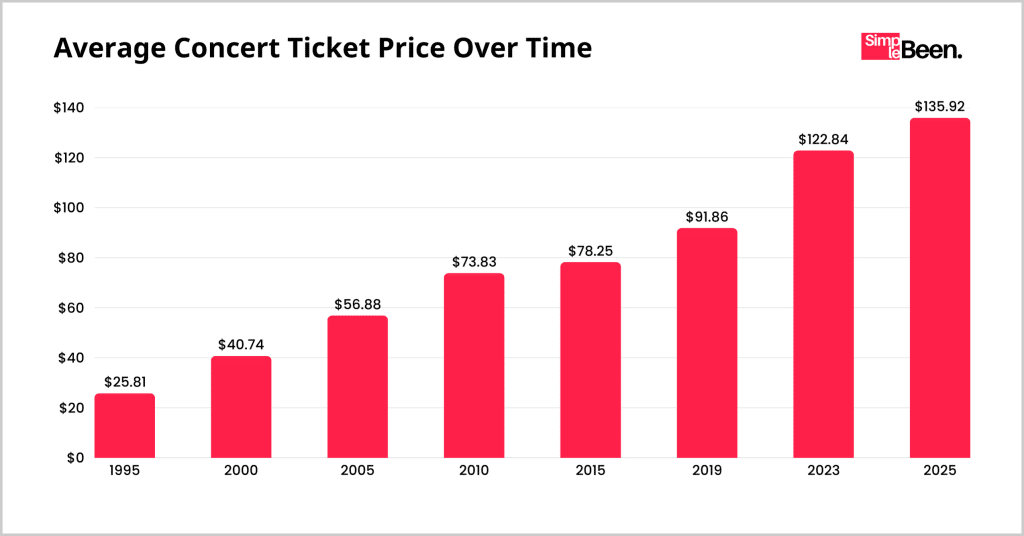
Let us take a look at the historical price comparison (adjusted for inflation):
| Year | Average Ticket Price | 2025 Equivalent Value |
|---|---|---|
| 1995 | $25.81 | $51.62 |
| 2000 | $40.74 | $74.55 |
| 2005 | $56.88 | $95.56 |
| 2010 | $73.83 | $110.75 |
| 2015 | $78.25 | $105.64 |
| 2019 | $91.86 | $113.90 |
| 2023 | $122.84 | $135.12 |
| 2025 | $135.92 | $135.92 |
Source– Statista, NGPF, Tixbag
What’s notable is that concert prices have consistently outpaced inflation.
- 20 years ago, the average price for concert tickets was $40.74, but by September 2024, that figure had jumped to $123.25. This represents an increase far beyond what would be expected from inflation alone.
Source– Vox, Elliott Mag
Ticket Prices by Genre in 2025
Concert prices vary significantly by musical genre, from $150 to $400, with pop and rock stadium tours commanding the highest prices. Let us have a look at the breakdown:
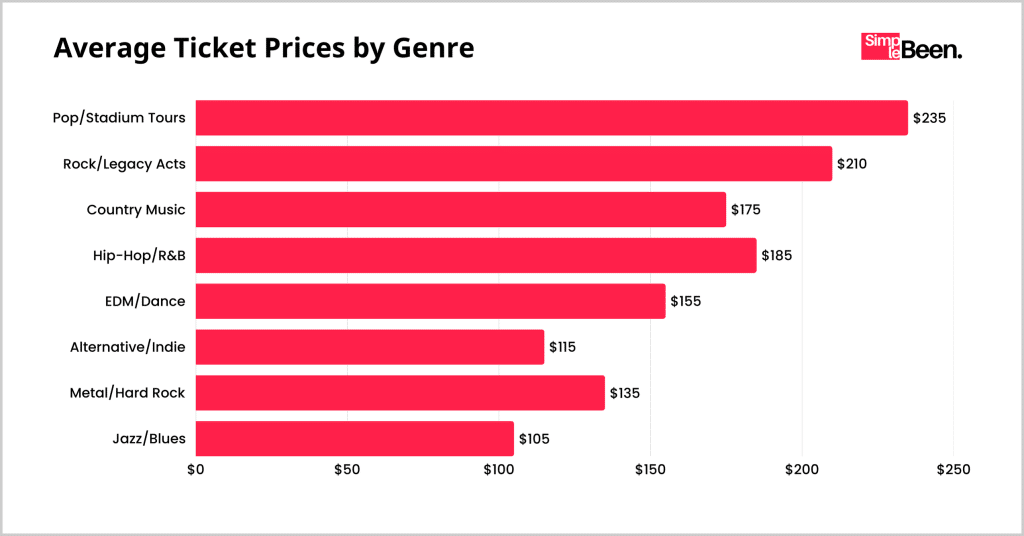
| Genre | Typical Price Range (USD) | Average Ticket Price (USD) |
|---|---|---|
| Pop/Stadium Tours | $150–$400 | $235 |
| Rock/Legacy Acts | $125–$350 | $210 |
| Country Music | $95–$275 | $175 |
| Hip-Hop/R&B | $100–$300 | $185 |
| EDM/Dance | $85–$250 | $155 |
| Alternative/Indie | $65–$175 | $115 |
| Metal/Hard Rock | $75–$200 | $135 |
| Jazz/Blues | $60–$150 | $105 |
Source– Tixbag
Concerts featuring iconic artists like Madonna or rock bands with steady followings such as The Eagles and The Rolling Stones typically charge $200 or more for good seats.
At the same time, contemporary pop stars like Taylor Swift, Beyoncé, and Adele often command $150-$400 for floor seats.
Why Are Concert Tickets So Expensive?
The dramatic increase in concert ticket prices can be attributed to several key factors that have fundamentally changed the economics of live music.
1. Touring as the Primary Revenue Source
With streaming revenue falling short, concerts have become artists’ primary paycheck. Live shows were once a way to promote album sales, but now they carry the financial load.
This shift means artists must maximize revenue from touring.
Source– Headphonesty
2. Dynamic Pricing Models
Dynamic pricing for concerts faces criticism. Major tours highlight high ticket prices, frustrating audiences over fairness and transparency, leading to backlash.
Like airline tickets, concert prices vary with demand. Introduced in 2015 as an anti-scalping measure, dynamic pricing may have boosted ticket sales for popular artists.
Source– Global Brands Magazine, Cultural Economics
3. Post-Pandemic “Funflation”
According to the Bureau of Labor Statistics consumer price index data, admission to movies, theaters, and concerts has jumped 20% since 2021, despite rising steadily post-pandemic.
Yet consumers have demonstrated a high tolerance for the increasing price tag, also known as “funflation“.*
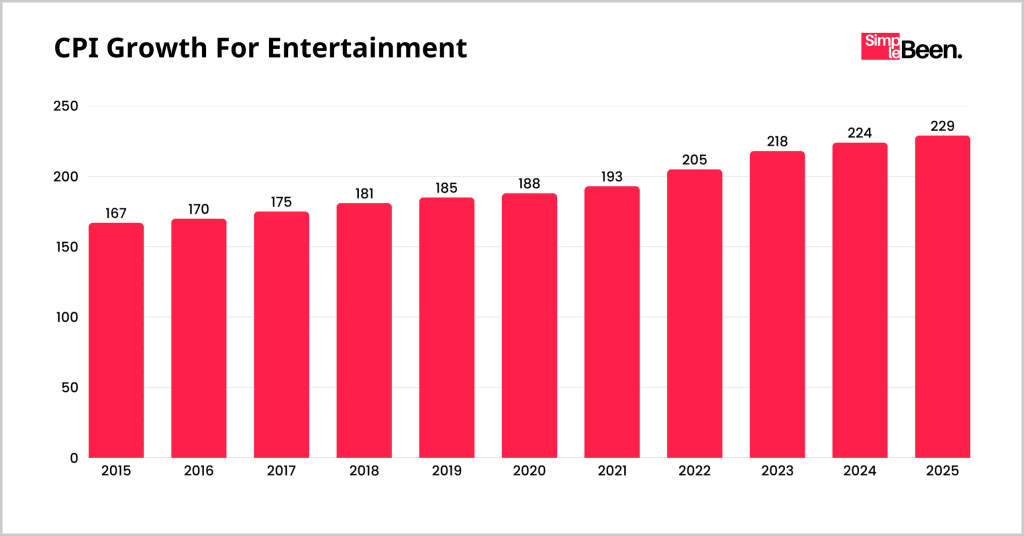
Government economic data confirms this trend. Here is a closer look at the Consumer Price Index for Entertainment Admission (2015-2025)
| Year | CPI Value (Dec.) | Annual % Increase | Cumulative % Increase (since 2015) |
|---|---|---|---|
| 2015 | 167 | — | — |
| 2016 | 170 | 1.8% | 1.8% |
| 2017 | 175 | 2.9% | 4.8% |
| 2018 | 181 | 3.4% | 8.4% |
| 2019 | 185 | 2.2% | 10.8% |
| 2020 | 188 | 1.6% | 12.6% |
| 2021 | 193 | 2.7% | 15.6% |
| 2022 | 205 | 6.2% | 22.8% |
| 2023 | 218 | 6.3% | 30.5% |
| 2024 | 224 | 2.8% | 34.1% |
| 2025 | 229 | 2.2% | 37.1% |
The FRED data from the table, which tracks admission prices to entertainment events, shows that ticket prices increased steadily before the pandemic, at roughly 3-5% annually.
They accelerated dramatically post-2021, jumping approximately 20% in just 4 years, a rate far outpacing general inflation.
“Funflation”: The Post-Pandemic Entertainment Price Boom.
4. Market Consolidation
According to the Justice Department, Live Nation directly manages more than 400 musical artists.
They also control around 60% of concert promotions at major venues.
Additionally, Live Nation owns or controls more than 265 concert venues in North America.
Alternatively, Ticketmaster controls roughly 80% or more of primary concert ticketing at big venues. This market dominance limits competition and pricing alternatives.
5. Increased Production Costs
Promoters, ticketing companies, and some artists argue that price hikes are not just about profit but about survival in a much more expensive touring competition.
With fuel, freight, venue rental, security, lighting, and sound equipment costs skyrocketing, some insiders estimate that big tours cost 25% to 40% more to stage than they did in 2019.
Source– Read Dork
6. Excessive Service Fees
Fees paid to attend a live concert in the U.S. far exceed fees in comparable parts of the world. One 2018 report from the Government Accountability Office estimated those fees boosted ticket prices by an average of 27%.
More recent data from 2023 suggests that fees now add an average of 32% to base ticket prices.
Source– GAO
Concert Cost Breakdown
Understanding where your money goes when purchasing a concert ticket helps explain the high prices. Here is a breakdown:
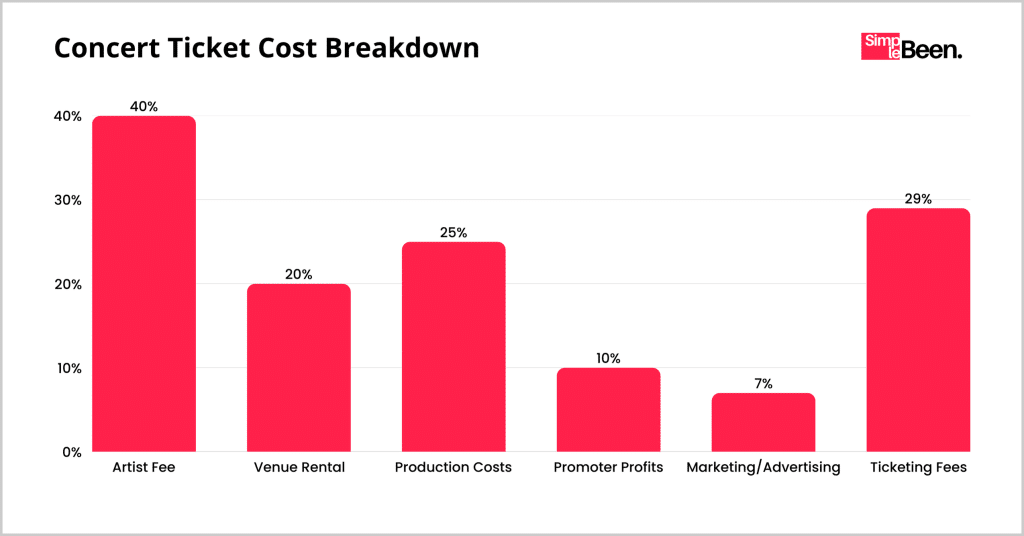
- Artist Fee: 30-50% of ticket price
- Venue Rental: 10-25%
- Production Costs: 15-30%
- Promoter Profits: 5-15%
- Marketing/Advertising: 5-10%
- Ticketing Fees: 25-32% (added on top of base price)
Independent concert promoters set ticket prices based on several factors. They create their budget after estimating their costs, including the revenue they’d like to earn.
These calculations must be carefully weighed against expected ticket sales.
Source– Prism
Factors That Influence Artist Fees
- Artist Popularity: Stars with larger followings command higher fees
- Production Scale: Elaborate shows with complex staging cost more
- Market Demand: Cities with higher demand see higher prices
- Venue Type: Arena shows typically cost more than club performances
- Day of Week: Weekend shows command premium prices
How Much Does a Concert Cost to Produce?
The costs associated with staging a major concert have increased dramatically in recent years.
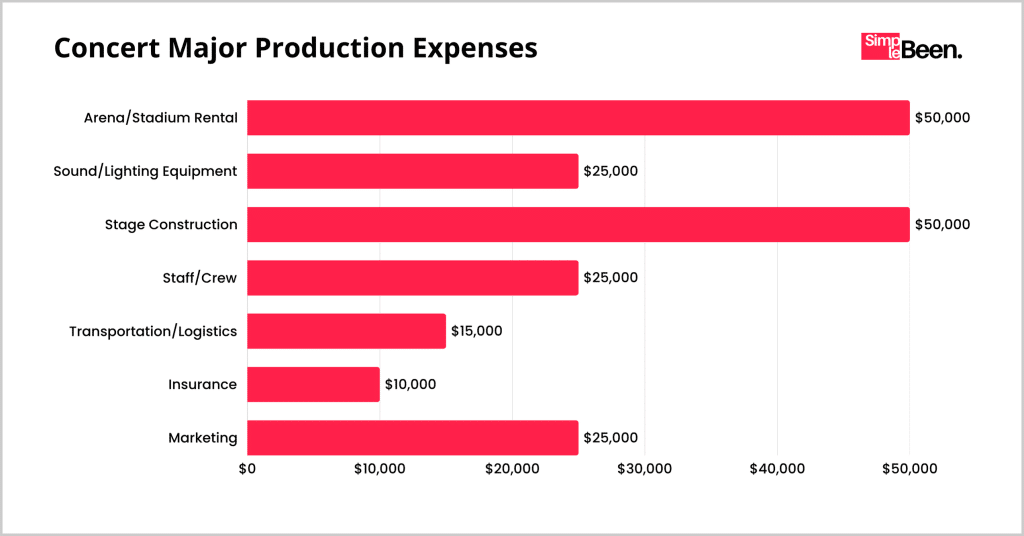
Here is a 2025 breakdown for major production expenses borne by concert organizers:
- Arena/Stadium Rental: $50,000-$150,000 per night for major venues
- Sound/Lighting Equipment: $25,000-$100,000
- Stage Construction: $50,000-$500,000 (depending on complexity)
- Staff/Crew: $25,000-$75,000
- Transportation/Logistics: $15,000-$100,000
- Insurance: $10,000-$50,000
- Marketing: $25,000-$100,000
Large arenas can cost over $50,000 to rent, while local music venues can cost just a few thousand dollars. While big arenas are costlier, they also hold more people, equaling more ticket sales.
Source– Prism
Consumer Insights: How Much Are Fans Willing to Spend?
According to a recent survey, concert hopefuls are willing to spend an average of $323 on one ticket to see their favorite artist in 2025.
However, 41% of these live music fans also admit to carrying buyer’s remorse for overspending on a concert or show.
Source–Lending Tree
Concert Trends Demographic Differences
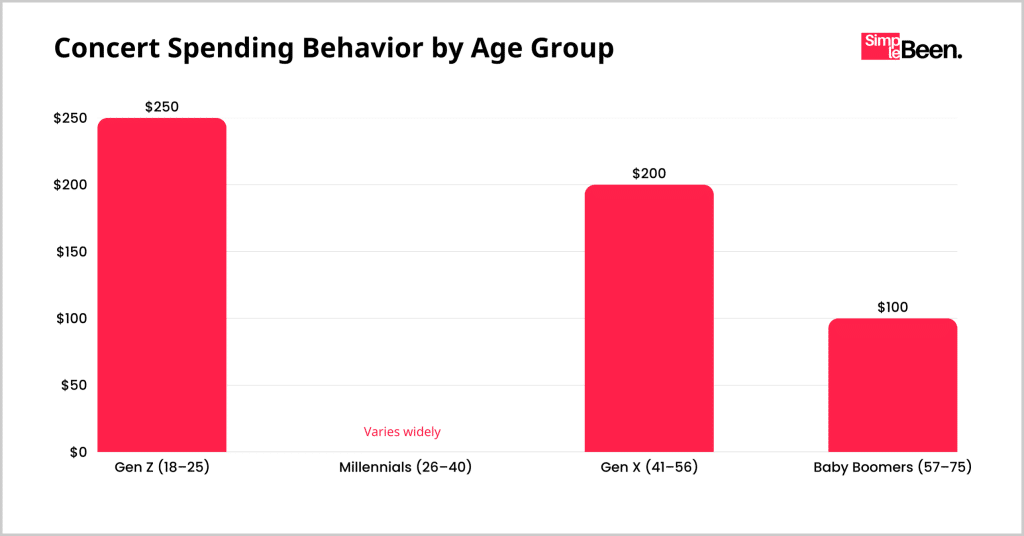
Different age groups show varying spending patterns:
| Age Group | Avg. Ticket Price Range | Spending Behavior | Annual Spend / Other Notes |
|---|---|---|---|
| Gen Z (18–25) | $250–$400 | Highly experience-driven; spend big on favorite artists | 30% are willing to go into debt for concerts |
| Millennials (26–40) | Varies widely | Highest overall spend on live music | Average $959 per year on live performances |
| Gen X (41–56) | $200–$300 | More selective with fewer shows | Prefer quality over quantity |
| Baby Boomers (57–75) | $100–$250 | Prioritize comfort, seating, and venue amenities | Avg.. Ticket Price Range |
Individuals earning over £200,000 spend an average of 9.3% of their income on entertainment, benefiting the concert industry as they can afford premium tickets and VIP packages for live performances.
Source– Global Brands Magazine
The “Experience Economy” Effect
The COVID-19 pandemic has accelerated a shift in consumer behavior, where experiences are increasingly valued over material possessions.
Right after the pandemic restrictions eased, there has been a return to live events with great enthusiasm, and a craving to experience in-person gatherings has fueled the desire for concerts.
Tips For Saving Money On Concert Tickets
Even with rising 2025 concert ticket prices, fans can still catch live shows without overspending. Here are 8 proven ways to save:
Buy Early or Last-Minute
Get the best deals by purchasing tickets as soon as they go on sale—or just before the show if it’s not sold out. Prices can drop sharply in the final 24–48 hours.
Attend Weekday Concerts
Weeknight shows often cost 15–20% less than weekend events. Demand dips midweek, making it a perfect time for budget-friendly entertainment.
Use Presales and Fan Clubs
Join artist newsletters, fan clubs, and follow venues on social media for exclusive presales, giveaways, and early access to cheaper tickets.
Look for Special Promotions
Events like Live Nation Concert Week offer $25 tickets across 5,000+ shows nationwide. Keep an eye out in May and other promo periods.
Choose General Admission Tickets
GA passes are often cheaper than reserved seats. Arrive early for prime standing spots near the stage without paying premium rates.
Explore Small Venues And Local Artists
Support rising stars and enjoy intimate settings—often for under $20. You’ll discover fresh music without the hefty price tag.
Find Bundle or Package Deals
Some venues and credit cards offer ticket bundles with perks like parking, drinks, or merch, often at a discount compared to buying separately.
Avoid Hidden Fees
Purchase tickets directly from venue box offices to skip service fees, which can add 25–32% to your total cost.
Conclusion: Average Concert Ticket Price Ranges Between $150–$235 in 2025!
Concert ticket prices have surged to an unprecedented average of $135.92 in 2025, representing a 75% increase since 2015 and a 20% jump post-pandemic.
The economics are undeniable, with fees adding 32% to base prices and Live Nation controlling 60% of promotions.
While 41% of fans admit to buyer’s remorse, spending continues unabated.
Gen Z commits $250-400 per ticket, Millennials allocate 9.3% of their income to entertainment, and 17% of all fans budget $1,000+ annually for concerts.
This paradoxical financial strain, alongside record attendance, reveals our profound societal shift in an increasingly digital world.
The irreplaceable communal energy of live performance has become the new luxury commodity, where memories are valued more than possessions.
FAQs
In 2025, Taylor Swift tickets average $1,088.56, from $100 for distant seats to over $6,500 for premium packages.
Gen Z values experiences over possessions, prioritizing shareable moments. High-priced concerts sell out quickly, driving demand and maintaining costs. The emotional connection of live performances justifies the expense, with about 30% willing to take on debt for them.
Prices rise due to dynamic pricing, higher production costs, artist reliance on touring, and added ticket fees, some boosting totals by 30% or more.
“This Is It” tickets ranged from $105 general admission to $1,100 VIP. The tour was canceled after his death in June 2009.
Beyoncé’s 2025 tickets range from $200 to $890. VIP and dynamic pricing push totals above $1,000 for some venues and premium seats.
Billie Eilish tickets for her 2025 tour average $616.49 per ticket. Standard tickets start at $220.50, while VIP Billie Eilish tickets cost as much as $1,485.00 for premium floor seats.
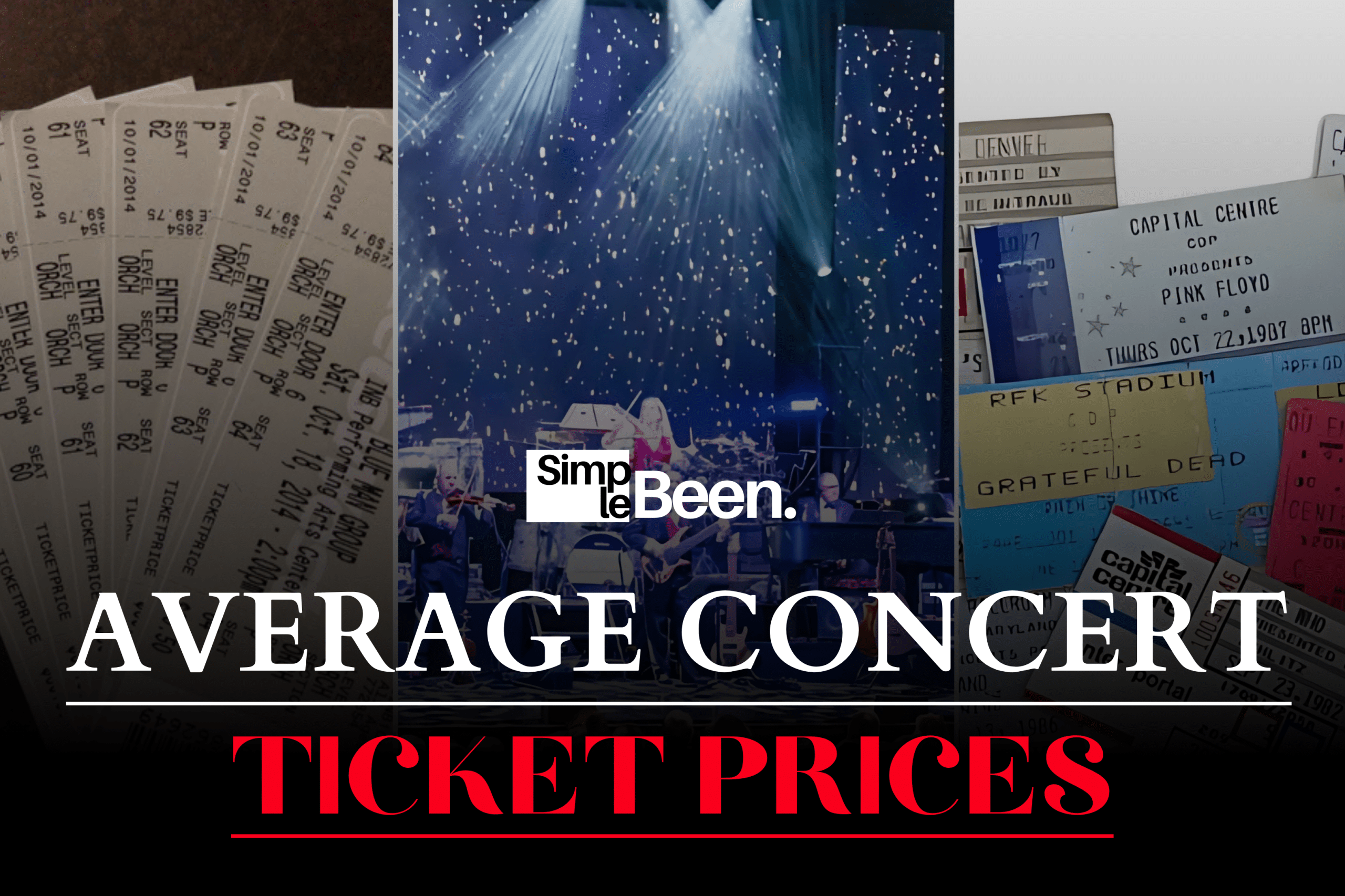
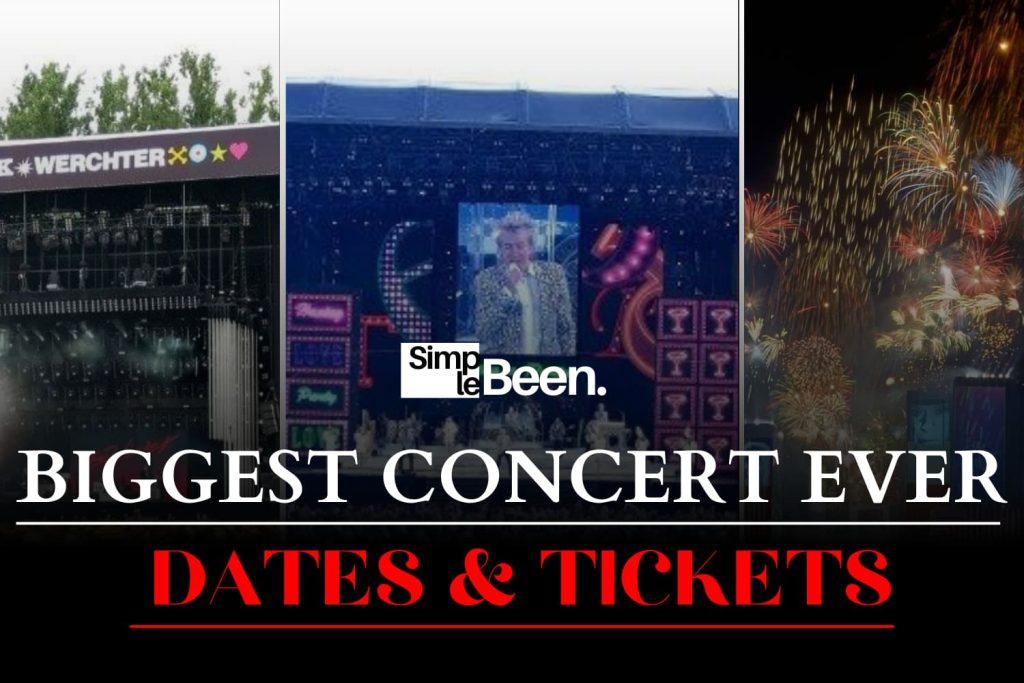

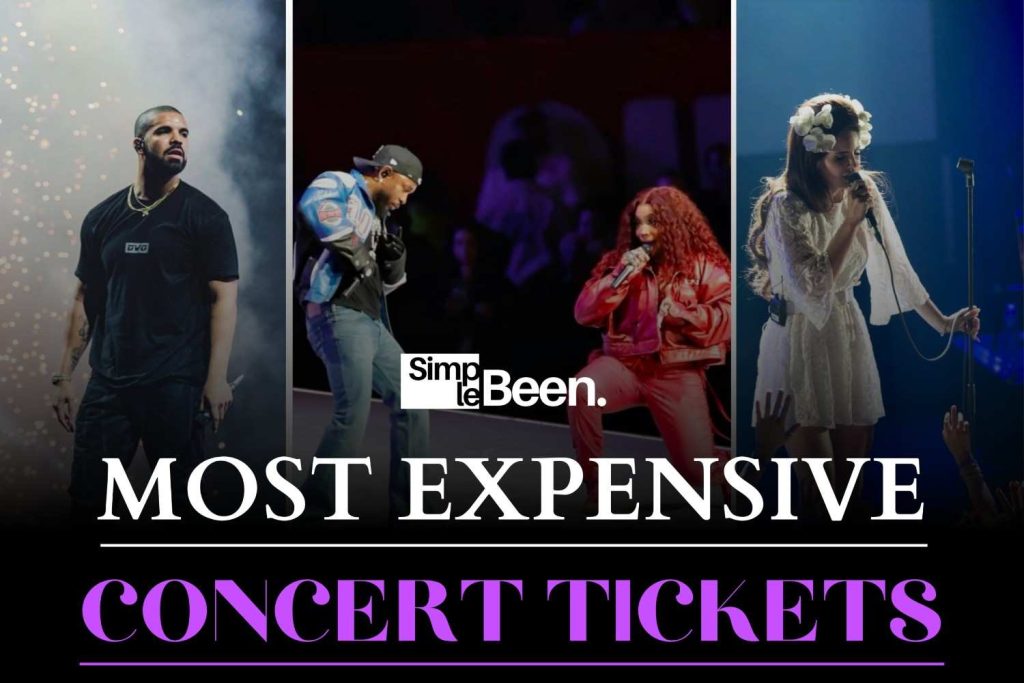
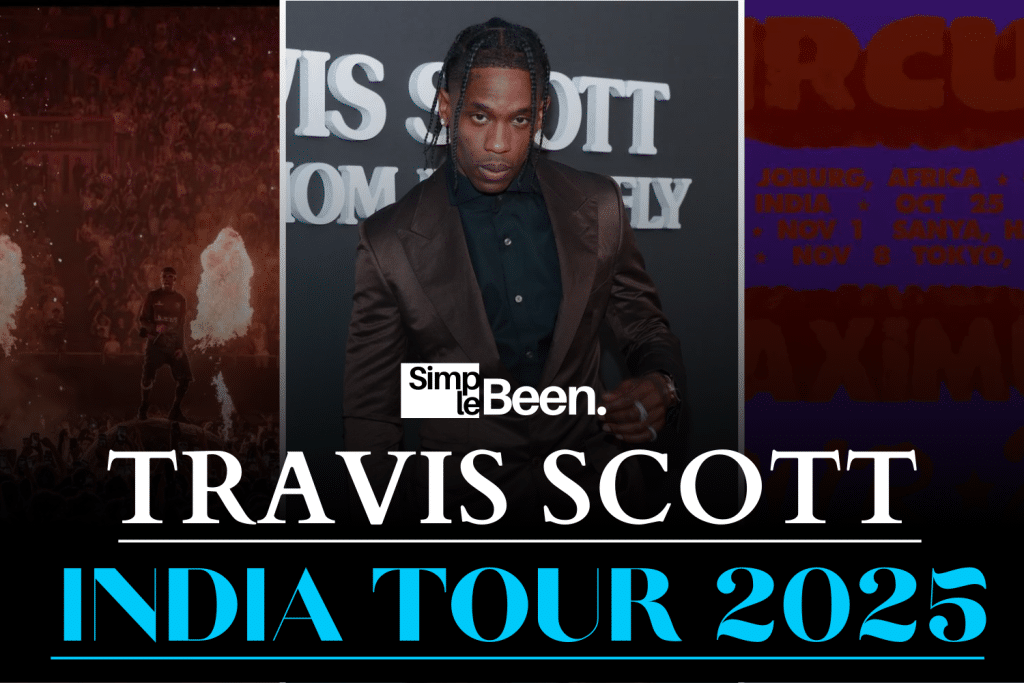
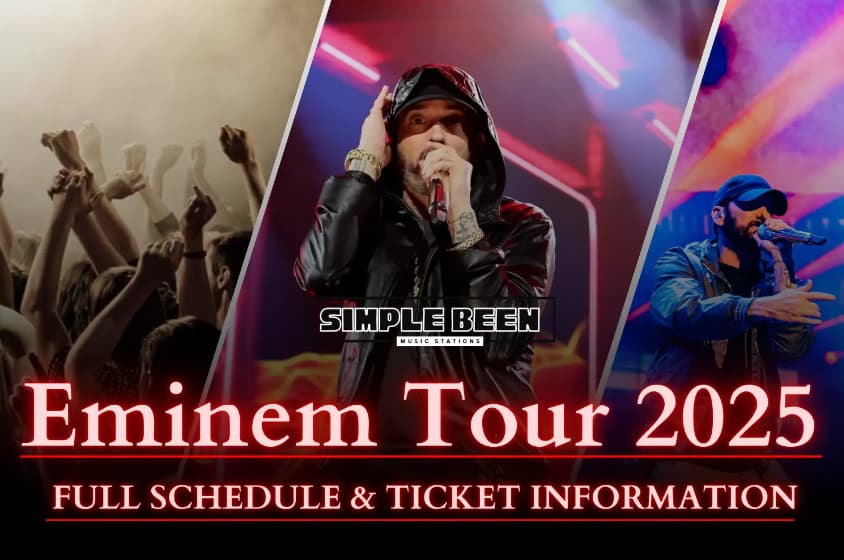
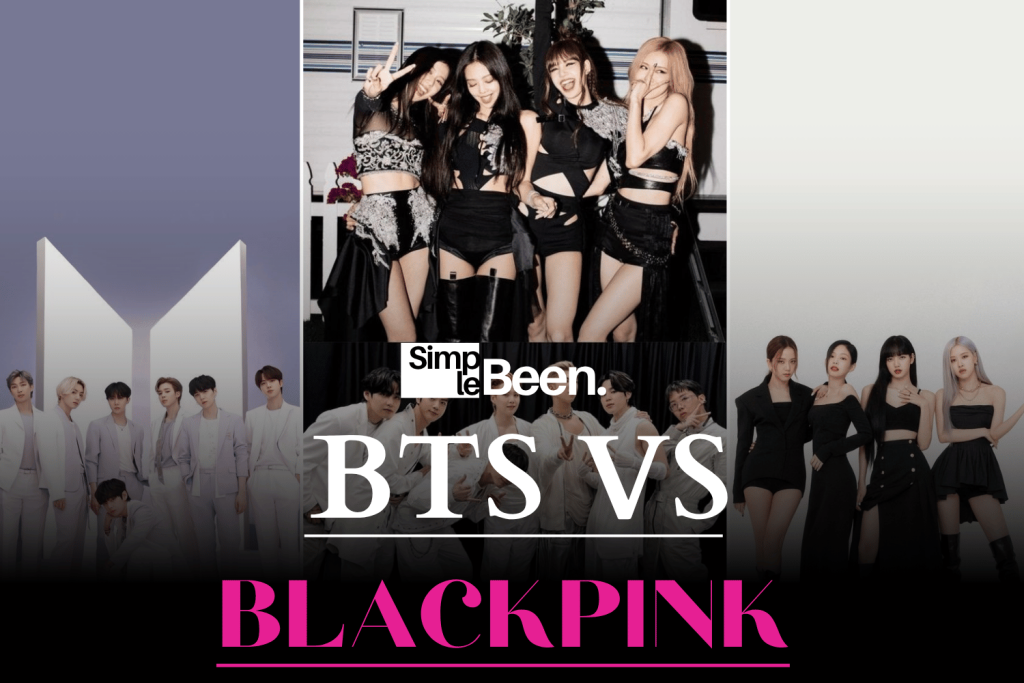
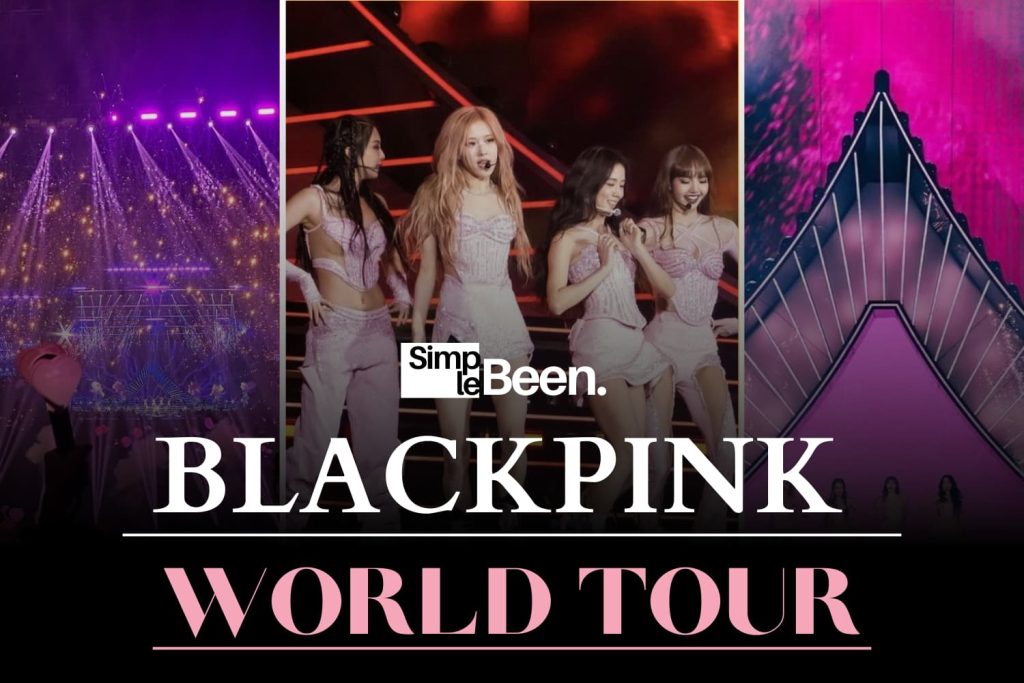
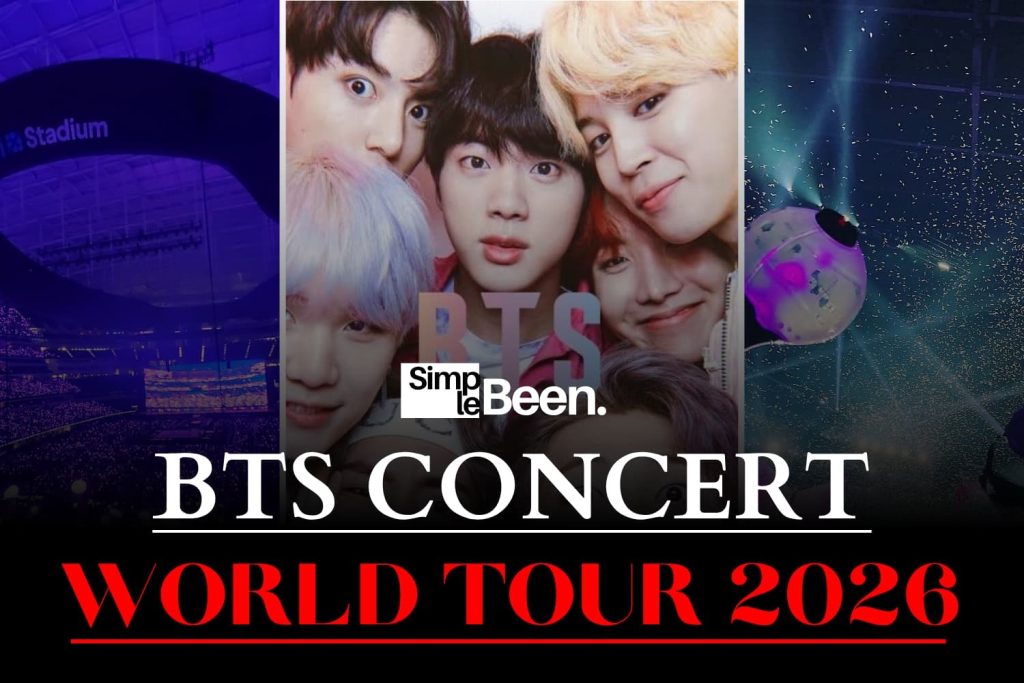

Leave a Comment